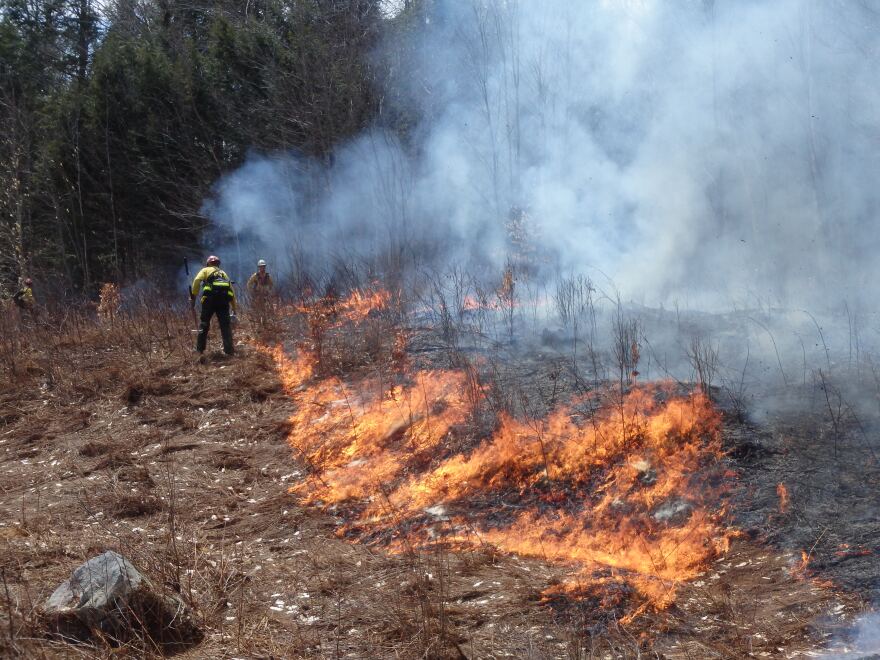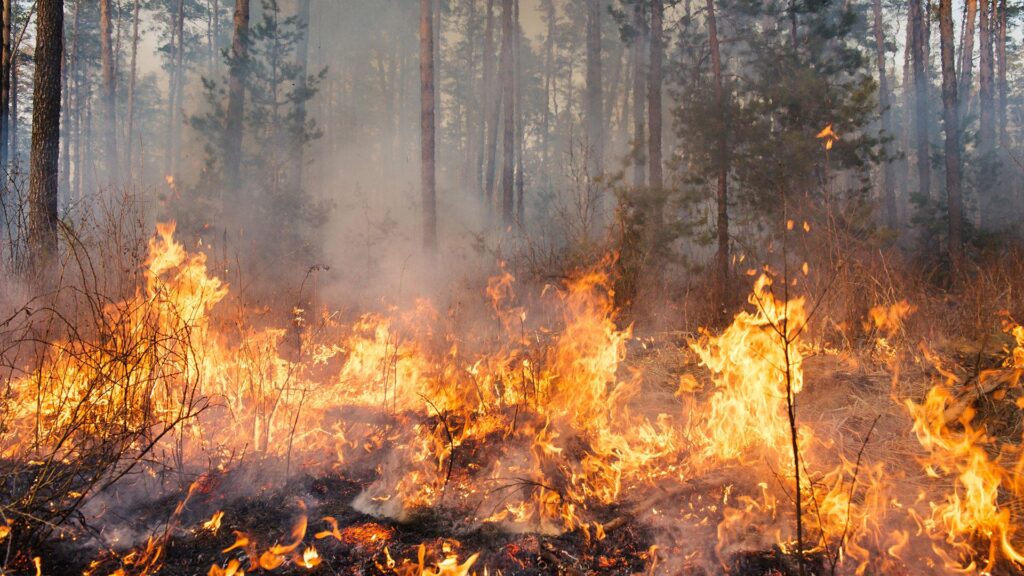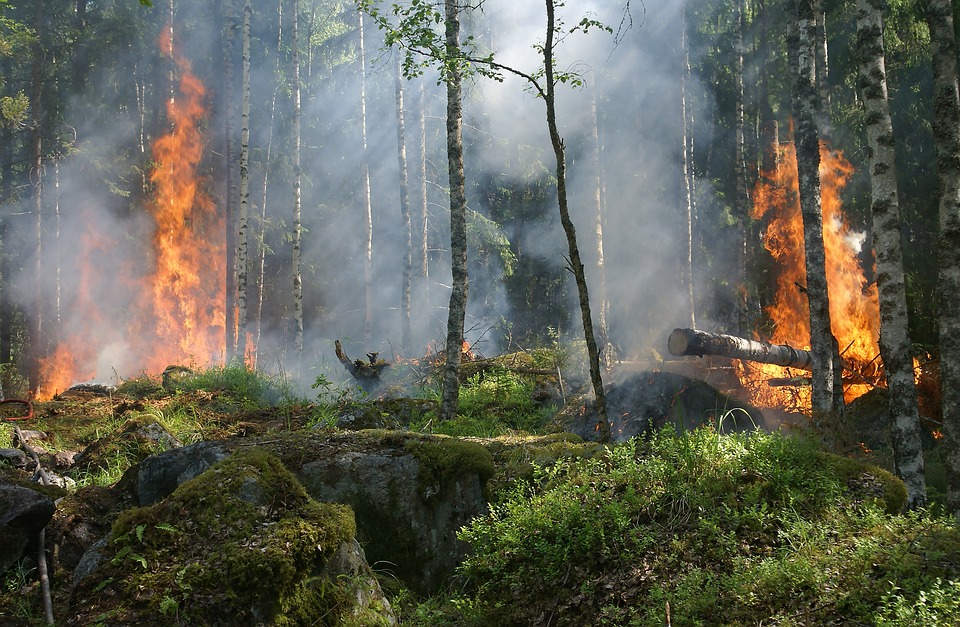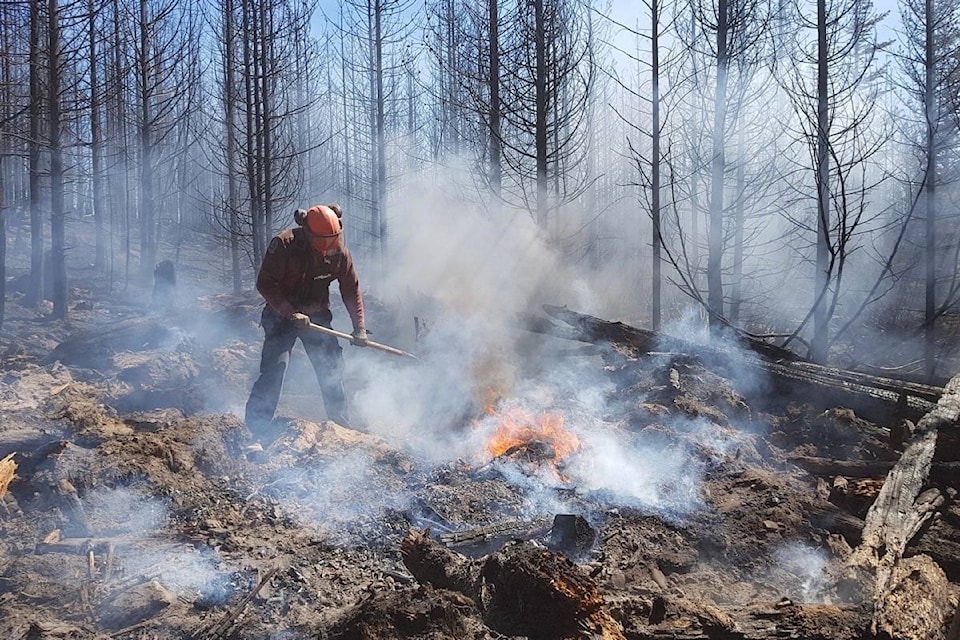Recently, the state of Odisha, located on the eastern coast of India, has been grappling with a significant challenge – forest fires. These fires have not only caused immense damage to the forests but have also jeopardized the delicate balance of the ecosystem. In this blog, we will delve into the causes, consequences, and possible solutions to mitigate the impact of forest fires in Odisha.

Causes of Forest Fires in Odisha
Natural Factors: Although lightning strikes are relatively uncommon in the region, they can still trigger forest fires. These natural events, along with prolonged dry spells and strong winds, provide an ideal environment for forest fires to spread rapidly.
Human Activities: The majority of forest fires in Odisha are caused by human activities such as careless disposal of lit cigarettes, burning trash, agricultural practices like slash and burn, or intentional acts of arson. Human-induced forest fires are often the result of negligence or lack of awareness about the potential consequences.Forest Fire in Odisha
Consequences of Forest Fires
Loss of Biodiversity: Forest fires disrupt the natural habitat of various flora and fauna, leading to the loss of several endangered species. The destruction of their habitat further exacerbates the risk of extinction, which disrupts the ecological balance of the region.
Air Pollution: Forest fires release an enormous amount of smoke and harmful gases, such as carbon dioxide and methane, into the atmosphere. The resulting air pollution poses severe health hazards to both humans and animals living in the vicinity of the fire, contributing to respiratory problems and other related ailments.Forest Fire in Odisha
Soil Degradation: The intense heat generated by forest fires alters the composition and quality of the soil, making it less fertile and unsuitable for quick regeneration of vegetation. This leads to long-term damage to the ecosystem, affecting agriculture and the livelihoods of local communities.
You can read our another post on The Need for a World Environment

Mitigating Measures
Increased Surveillance: Deploying surveillance mechanisms, such as drones and satellite imaging, can help in the early detection and speedy response to forest fires. Timely intervention significantly reduces the spread of fires and prevents further destruction.Forest Fire in Odisha
Awareness and Education: Conducting awareness campaigns to educate local communities, forest workers, and tourists about the perils of forest fires and best practices for fire prevention is paramount. This knowledge will empower individuals to take responsibility in protecting the forests and act as responsible citizens.
Strengthening Forest Management: Enhancing the capabilities of forest management agencies, such as providing adequate training and resources, will enable them to respond effectively to fire Forest Fire in Odishaincidents. Establishing fire lines and controlled burning practices during non-dry seasons can also help in reducing the severity of forest fires.
Community Participation: Engaging local communities in forest conservation activities can foster a sense of ownership and responsibility. Empowering them to participate in fire prevention and management strategies, such as setting up local volunteer fire brigades, can be an effective approach.

Writer A FAQ For Forest Fire in Odisha
What is the current status of forest fires in Odisha?
The current status of forest fires in Odisha is constantly changing, as it depends on numerous factors such as weather conditions, containment efforts, and the availability of resources. It is important to stay updated through official channels, such as the Odisha Forest Department or local news agencies, for the most accurate and up-to-date information.
What is causing the forest fires in Odisha?
Forest fires in Odisha can be caused by various factors, including natural causes like lightning strikes during dry weather conditions. However, human activities such as improper disposal of cigarette butts, uncontrolled agricultural burning, or intentional arson could also lead to forest fires. Identifying and addressing these causes is essential for preventing future incidents.
How are forest fires in Odisha being controlled?
The Odisha Forest Department, along with other relevant authorities, employs multiple strategies to control forest fires. These include deploying trained fire-fighting personnel, using specialized equipment like fire trucks, creating firebreaks to contain the spread, and coordinating aerial water-dropping operations if necessary. Additionally, community involvement, awareness campaigns, and strict enforcement of fire safety regulations play crucial roles in fire prevention and control.
What impact do forest fires have on the environment and wildlife?
Forest fires can have significant impacts on the environment and wildlife in Odisha. They lead to the destruction of vegetation, loss of habitat for various species, and disruption of ecological balance. The smoke and ash generated by forest fires can also cause air pollution, affect air quality, and pose health risks to humans and animals alike. It is crucial to minimize the occurrence and spread of forest fires to protect the delicate ecosystems and biodiversity of the region.
How can individuals contribute to preventing forest fires in Odisha?
Individuals can contribute to preventing forest fires in Odisha through various actions. These include avoiding activities that can start fires (such as discarding cigarette butts or burning waste), reporting any potentially hazardous situations immediately, following all fire safety regulations and guidelines, and participating in community initiatives that raise awareness about fire prevention and responsible behavior in forested areas. Additionally, supporting organizations engaged in reforestation efforts and wildlife conservation can aid in restoring and preserving the affected areas.
Conclusion
Forest fires in Odisha pose a severe threat to the region’s biodiversity, ecosystems, and the livelihoods of communities. Combating these fires requires a multi-pronged approach, encompassing increased surveillance, public awareness, strengthening forest management, and community participation. By safeguarding our forests against fire, we not only protect the natural heritage but also instill a sense of responsibility and commitment towards building a sustainable future. It is our collective duty to preserve and protect these invaluable ecosystems for generations to come.

